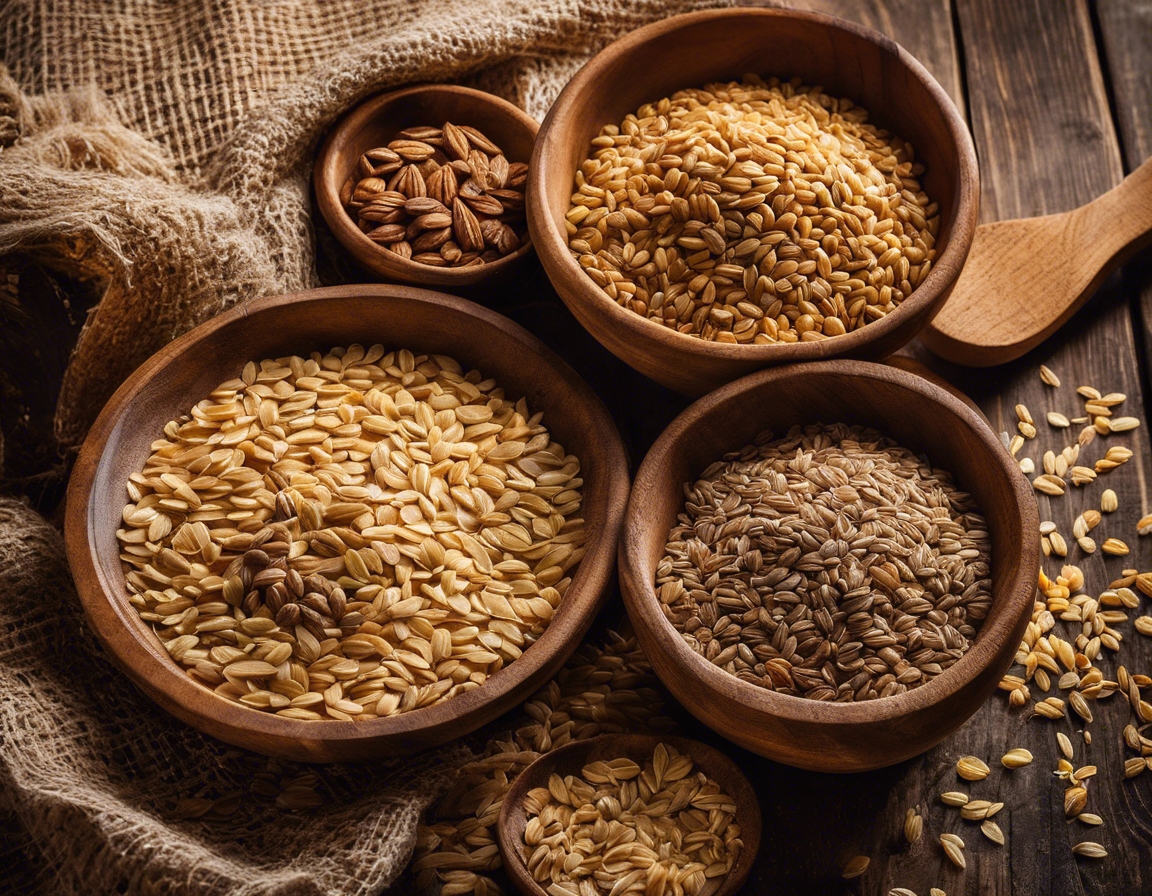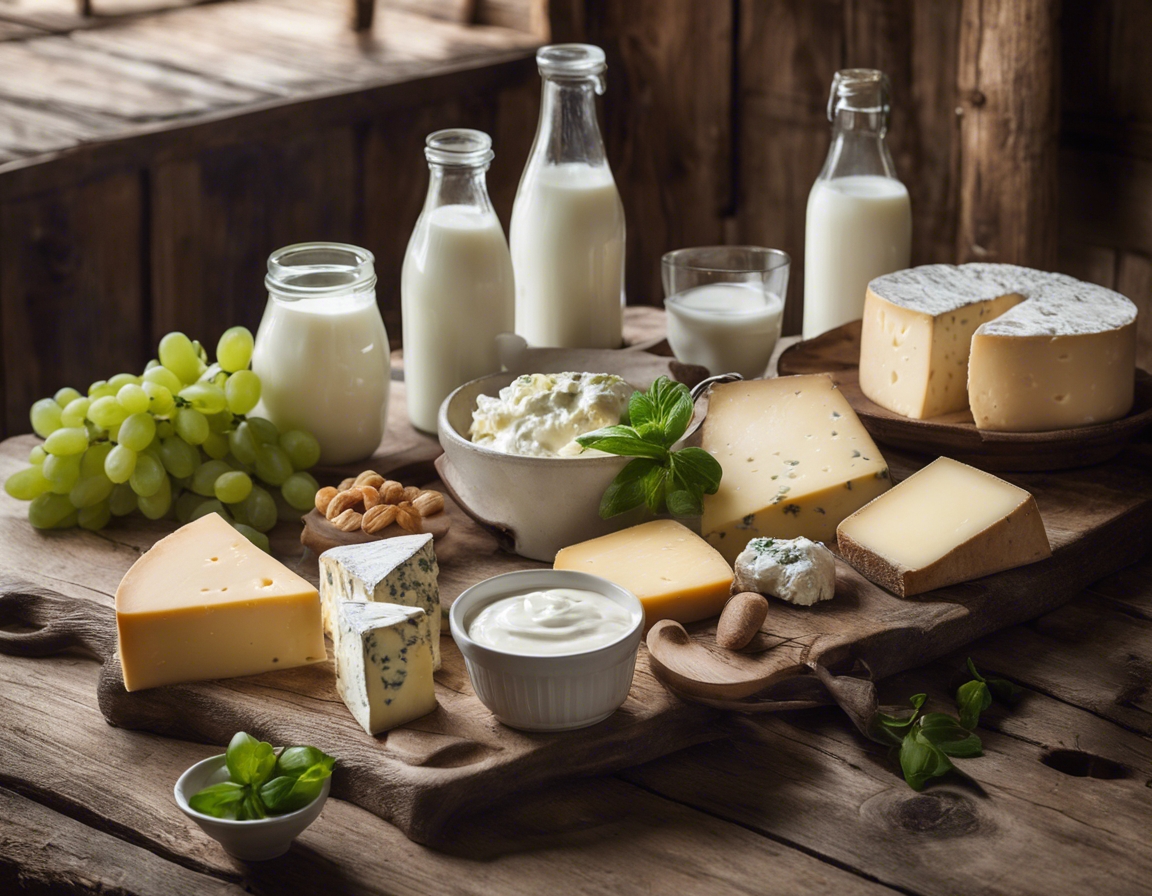5 sustainable farming techniques for modern agriculture
Sustainable farming is an approach to agriculture that focuses on producing food, fiber, and other plant and animal products in a way that is environmentally sound, economically viable, and socially responsible. It aims to meet the needs of the present without compromising the ability of future generations to meet their own needs. The importance of sustainable farming cannot be overstated, as it helps to maintain the health of ecosystems, reduces pollution and waste, conserves water and energy, and ensures the long-term productivity of the land.
Modern agriculture faces numerous challenges, including soil degradation, water scarcity, loss of biodiversity, and the impacts of climate change. These challenges necessitate a shift towards more sustainable practices that can mitigate environmental damage and ensure food security for a growing global population.
1. Crop Rotation and Diversity
Crop rotation is the practice of growing a series of different types of crops in the same area across a sequence of growing seasons. It helps to break pest and disease cycles, improve soil health, and increase crop yield. By alternating crops, farmers can also reduce the need for chemical fertilizers and pesticides, as different crops replenish and utilize soil nutrients differently.
Introducing a variety of crops can lead to a more resilient farming system. Crop diversity protects against the failure of a single crop, promotes a balanced diet, and can even improve pollination services by attracting beneficial insects. Diverse cropping systems can also provide habitat for wildlife, contributing to biodiversity conservation.
2. Conservation Tillage
Conservation tillage is a method of soil cultivation that leaves the previous year's crop residue on fields before and after planting the next crop. This technique reduces soil erosion and water loss, increases water infiltration, and improves soil organic matter. It can also lead to reduced labor and fuel costs.
There are various methods of conservation tillage, including no-till, strip-till, and reduced-till, each with its own set of benefits and best practices. No-till farming, for example, involves planting crops directly into the residue of previous crops without tilling, which preserves soil structure and biodiversity.
3. Integrated Pest Management (IPM)
Integrated Pest Management is a holistic approach to pest control that combines biological, cultural, physical, and chemical tools in a way that minimizes economic, health, and environmental risks. IPM focuses on long-term prevention of pests or their damage through a combination of techniques such as habitat manipulation, biological control, and use of resistant varieties.
IPM techniques include crop rotation, use of pest-resistant varieties, biological control using natural predators, and targeted use of pesticides when needed. By monitoring pest populations and applying control methods only when necessary, IPM reduces the reliance on chemical pesticides, thereby protecting the environment and human health.
4. Agroforestry and Permaculture
Agroforestry is the integration of trees and shrubs into crop and animal farming systems to create more diverse, productive, profitable, healthy, and sustainable land-use systems. Trees can provide shade, act as windbreaks, improve soil fertility, and offer additional income through the sale of fruits, nuts, and timber.
Permaculture is a design system for creating sustainable human habitats by following nature's patterns. It involves creating systems that are not only sustainable but regenerative. Permaculture principles include observing and interacting with the natural environment, capturing and storing energy, obtaining a yield, and applying self-regulation and feedback.
5. Water Management Strategies
Efficient irrigation systems, such as drip or sprinkler irrigation, can significantly reduce water usage in agriculture. These systems deliver water directly to the plant's roots, minimizing evaporation and runoff, and ensuring that crops receive the right amount of water at the right time.
Rainwater harvesting involves collecting and storing rainwater for agricultural use. This can help mitigate the effects of drought and reduce dependence on groundwater. Effective rainwater management strategies can also prevent soil erosion and reduce the risk of flooding.





Comments (0)